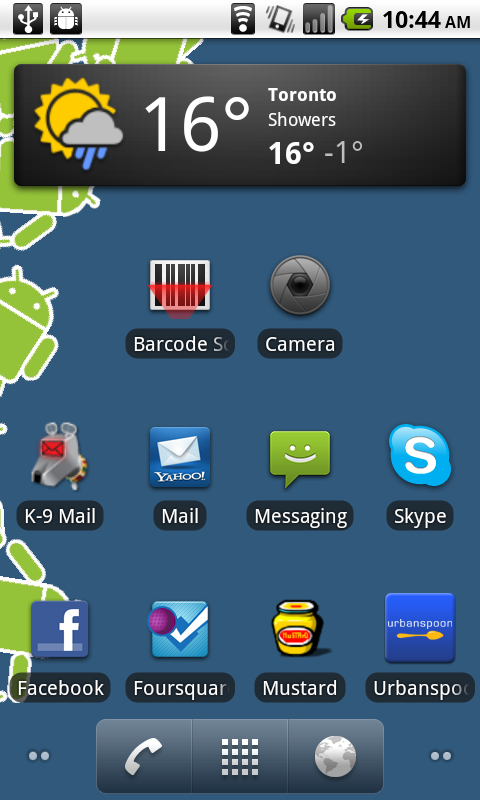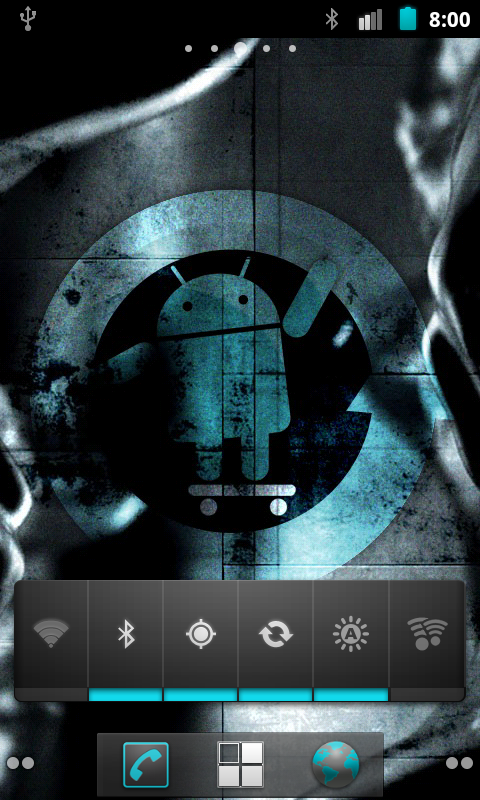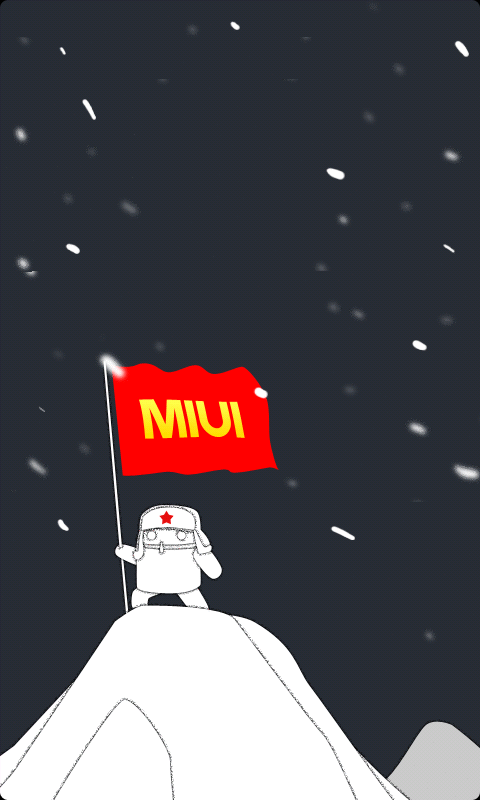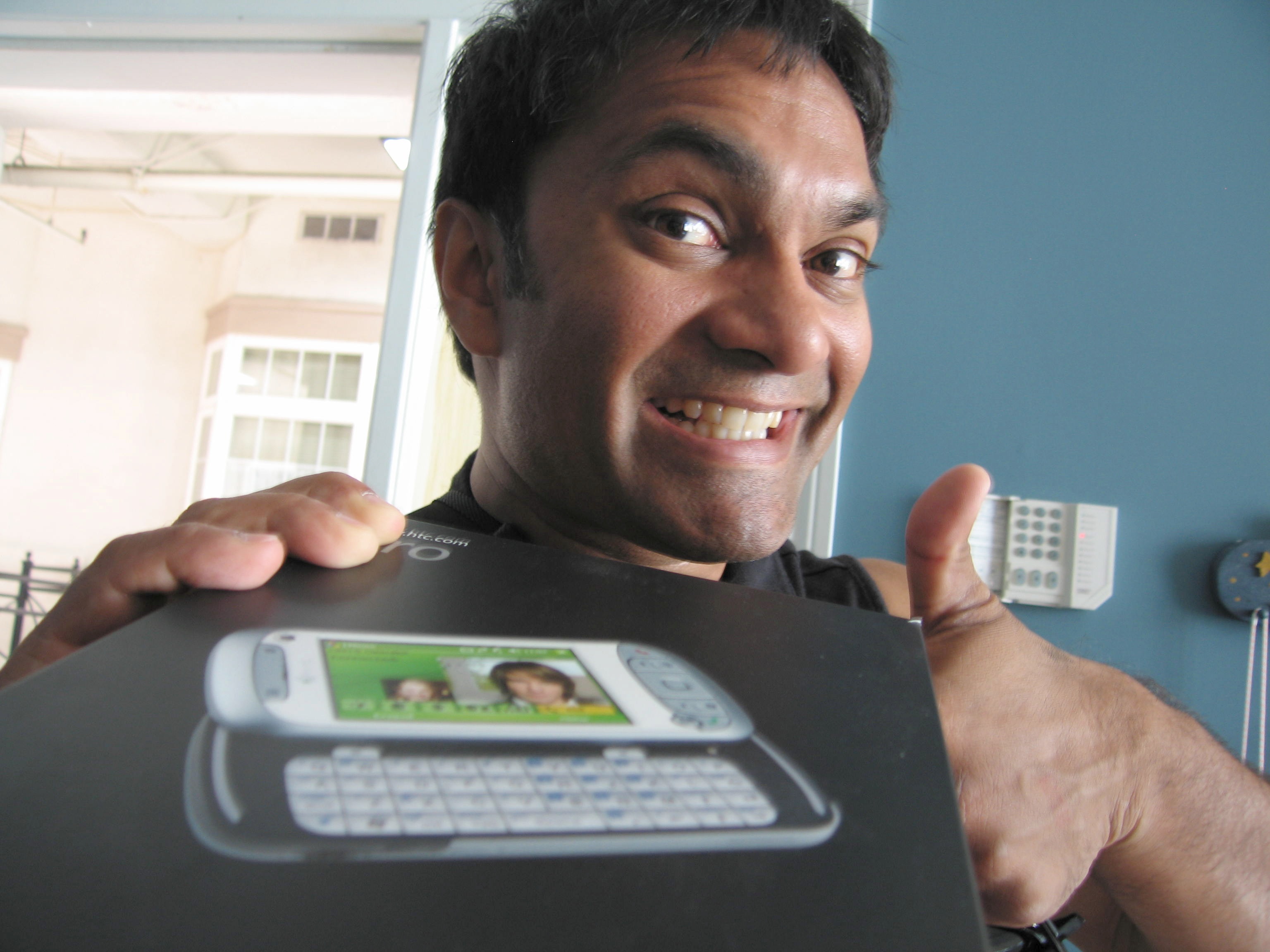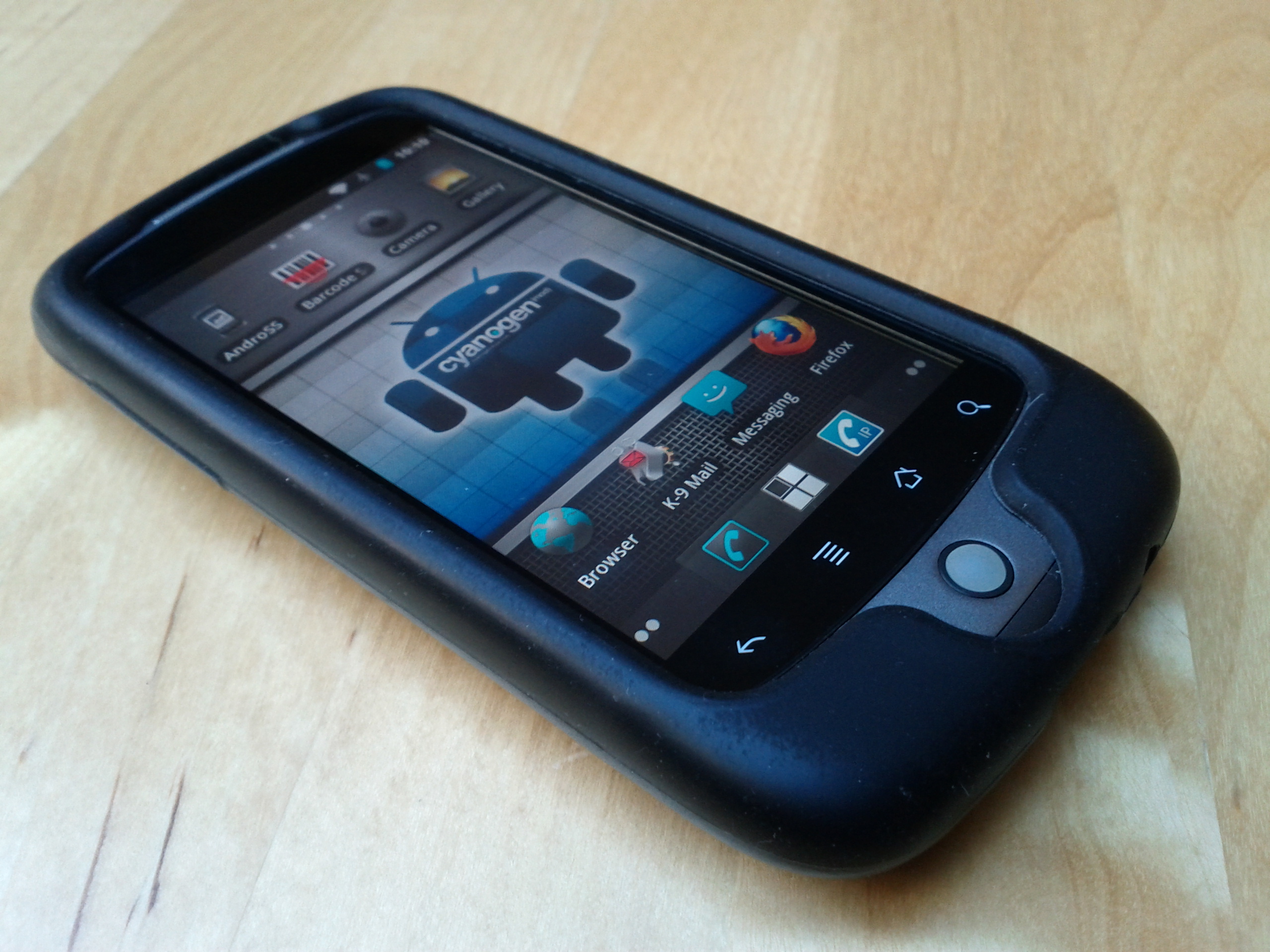
As a first Android device you could certainly do a lot worse than HTC’s G5 Google’s Nexus One. Mine is still in use as my girlfriend’s daily driver.
It all started out as a test, of not only Android but a new Canadian carrier as well. That fellow N97 24/7 alum Jonathan Bruha had already jumped ship to this same device put me at ease somewhat.
Though Android was orders of magnitude easier than Symbian to set up and use there were definitely a few things lacking in terms of utility. For example, in order to grab this screen from my N1 I had to download and install the Android SDK.
Considerably more effort was required to set up my computer to root the damn thing and flash a custom recovery image. Nexus phones are made for this, of course, but it was still a daunting task for a n00b like me. It took me an entire day to get my Nexus recognized by my computer via fastboot.
But man, was it ever worth it. Just like distro-hopping on my Linux computers I could now change ROMs on my phone at will. Mind blown.
In no short order I installed Replicant (needs work), CyanogenMod (amazing) and MIUI, which my girlfriend swears by to this very day. In fact, I had to pry the N1 from her hands just to grab that third screen!
]]>HTC was a Taiwanese company that had previously made branded devices for others, most famously the Treo 650 and Compaq iPAQ. The TyTN was not their first Windows Mobile product, but the first to bear the company’s name. And it was fairly spectacular for the times. It was the first phone that I could use in Canada with 3G data service, offering download and upload speeds at least twice as fast as the then-current standards. Added to that was a WiFi radio, letting me hop on to a wireless Internet connection without using cellular data at all. All this plus an extra camera on the front of the phone meant that for the first time I could make voice and video calls using Skype, in flagrant disregard for whatever limitations I had on my calling plan. This was disruptive technology at its very best.
As you can imagine, this premium product had a premium price tag to match. My carrier hadn’t even heard of it, but I found a small local shop that specialized in importing super-high-powered phones from Europe. They could get me a TyTN, but it would set me back eleven hundred bucks. Flush with cash from my first professional contract as a theatre director, I placed my order.
My time with the TyTN was bittersweet. Perhaps its star turn was the nine days it spent with me in Seoul to ring in 2007. I received a “welcome to Korea” text from Fido the moment I powered it up upon arrival at Incheon Airport, and HTC’s flagship fit right in with the super-high-powered phones that the locals were using. My TyTn even got a compliment from the staff at my hotel.
But it was an altogether different story on a trip to Bermuda later that spring. I realized how dim the TyTN’s touch-screen display was when I couldn’t read texts or even see who was calling me in the bright island sunlight. Worse was battery life; with both 3G and WiFi radios turned on I can remember going from a full charge to empty in the space of a twenty-minute cab ride. This TyTN clearly needed much more power than its relatively small battery could provide.
Ultimately the TyTN’s downfall wasn’t the device itself but the desktop operating system it was tied to. I appreciated the push-email capabilities of Microsoft’s Exchange but I despised Outlook on my Windows laptop — so much so that I went back to my hiptop, dumped the Windows laptop for an Apple one and banished my TyTN to the dark recesses of my desk drawer. Then I gave it to a friend. Then he never used it and gave it back to me. Then I gave it to someone else. Then she dropped it in the toilet.
An inglorious end to a titan of smartphones.
]]>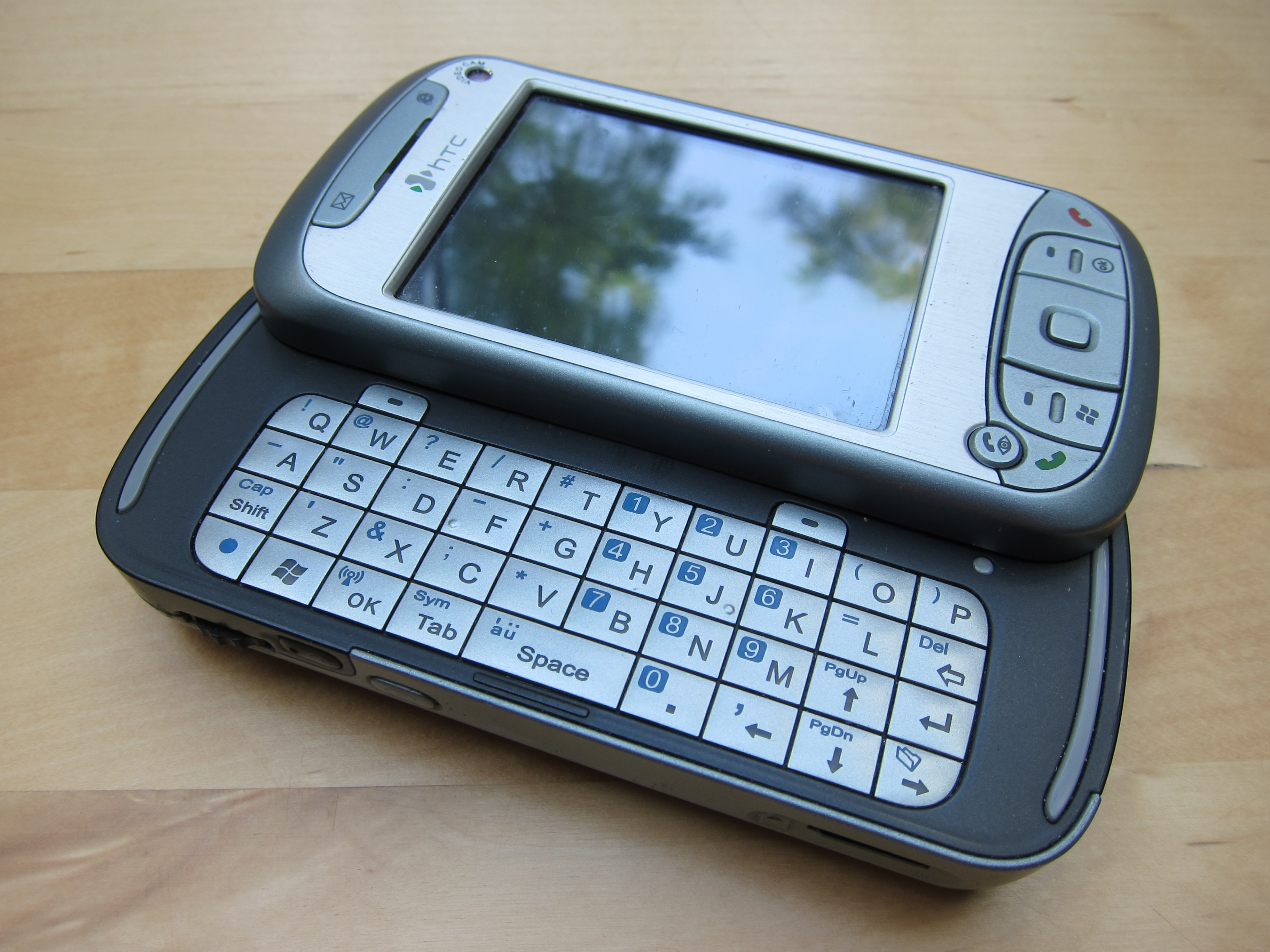
My HTC TyTN looks fine and well on the outside, but inside it’s a different story. It still powers up but the touchscreen doesn’t work — it won’t register any input or rotate into landscape mode with an open qwerty keypad. None of the hardware buttons work either. That my friend who was using it dropped it in some unnamed liquid-filled vessel (i.e. the toilet) might have something to do with it.
But when I got it back in December of 2006 it seemed like there was nothing it couldn’t do. At the time I was using a Windows laptop, and my web host of the day offered an Exchange Server for next to nothing — so I was able to reap all the benefits that the Microsoft ecosystem provided.
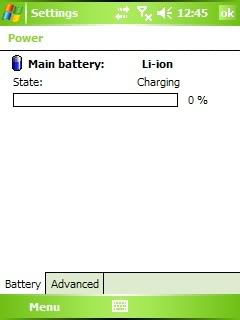
But all this power came at the price of battery life. I can distinctly remember going from a full charge to nothing in the space of about twenty minutes. Part of the problem was that Rogers had just lit up their HSDPA network in Toronto. Another issue was that I was always using it.
My TyTN’s star turn was a trip to Seoul, Korea to ring in 2007. Later that spring I moved on and handed it over to the same friend who bought and subsequently broke my Treo. At least he didn’t drop it in the toilet, though — that was someone else…
]]>